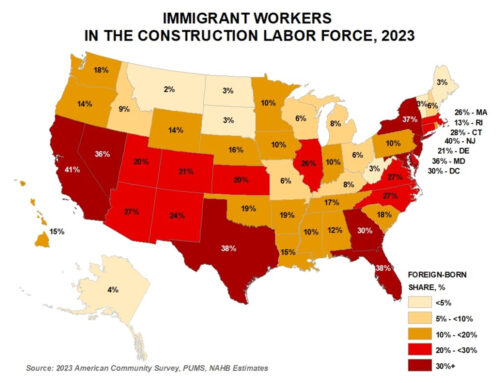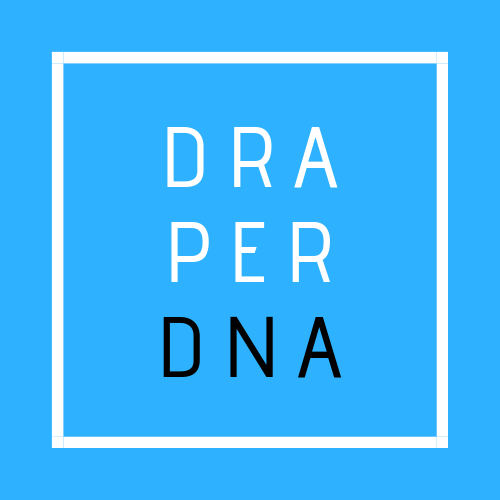There is a Difference featuring Chris Keffer
September 27, 2021
This week, we spoke with building products and power tools veteran and part-time DIY expert, Chris Keffer of Stanley Black and Decker. A personal favorite brand at Draper DNA.
Chris: I am Chris Keffer. I am the President of Product Management for the Power Tools Group within Stanley Black and Decker.
How is the pandemic affecting your business and your marketing?
Chris: That’s a great question. The pandemic, widely traveled news has caused the market to accelerate and we’re seeing what I would call a robust increase in our business. Driven by a lot of things in my opinion. Remodeling has been absolutely robust to think, as people have been confined to their home spaces, they are changing their home spaces on a level that we haven’t seen before.
That’s driving our business. On top of that, we have commercial businesses where money is still inexpensive. We see owners diving into the market and building what their customers are looking for. In addition, you have infrastructure and that’s starting to ramp up. All of these things together are creating this environment. This, I would call it a once in a career kind of demand level. That is just really driving our business well. It’s affecting our marketing in a way that I think user generated content and how we feed our partners information.
How is innovation realized by your team?
Solving user problems is part of what we wake up and do every day. It’s everyone’s responsibility. It’s not some subset of our group. It is every person on our team trying to figure out what are the things that we can do to solve user problems. Whether the user is a pro power tool user, or a DIY-er, there are dedicated folks trying to figure out what those opportunities are. How it’s realized is through being with the users in their environment. That is absolutely critical. We spend a lot of time in the field or engage with them in venues where we can create opportunities for them to really talk openly about what those potential issues are, how things can be done more effectively, how they see opportunities for productivity, but it is literally spending a lot of time with them on job sites or in places, workshops or in an industrial settings where they’re actually using the product and then they can give our team insights into how we can either do things better or totally differently help solve what they’re trying to solve.
That is how innovation is realized. Those inputs from that type of work directly engage with the customer in a variety of different fashions and venues. That’s what drives our innovation. We also have some fantastic folks and I would say user-driven innovation is what drives us, but every now and then we’ll come with a technology change or something that we see that we can plug in and inject it to help solve a user problem because sometimes end customers can’t quite articulate what it is that they need. Sometimes they need a little bit of a push almost to understand what the possibilities are. And so that’s another way that we work on innovation with our businesses is we do push a little bit on some innovation and some technologies that we see to help drive that feedback loop from users. So hopefully that answers your question on how we realize innovation here.
Power tools are a highly competitive business. How do you truly differentiate yourself?
True differentiation comes back to the user and those problems that we just talked about. One of the ways is just understanding the applications and putting yourself in the shoes of the customer. Some things are little tiny tweaks that we make, but becoming experts in the applications that are done helps us differentiate our products. We also look for technologies that are truly different in the marketplace. There may be things that we evaluate that nobody else is doing, that we make a decision on and say, hey, we’re going to take this risk on this piece of technology, because we think it solves this problem for the user. It all comes down to what kind of problems can we solve for the user and how do we monetize that? And then, is it truly innovative?
Most importantly, can we develop intellectual property around it to help protect these ideas that we create? There’s a lot of time and effort spent on building that intellectual property. We’re one of the most highly active manufacturers in this space when it comes to intellectual property. That’s one of the ways that we really differentiate is we find ways that we can solve these problems. We build creative solutions with intellectual property to help protect our ideas. That gives us an advantage in the marketplace. That’s one of the ways that we really seek to differentiate, but there’s other little things here and there as well. We’ve got some brand strength. As you can see behind me, we’ve got a pretty strong brand lineup. That’s another way that we can really differentiate ourselves in the marketplace by offering some unique solutions for our partners throughout the world.
Contractors have been known to be loyal to a truck brand or to certain brands. They’re loyal to clothing brands, they’re very loyal to power tool brands. There’s a famous Harvard Business Review case about DeWalt. There’s a reason why yellow and black are such strongly recognized colors.
What’s your favorite power tool and why?
This summer, because it’s been so hot, our cordless fan has been quite nice. So that’s one. But honestly, the power tool that’s such a versatile thing that I use frequently is a miter saw. It is such an awesome tool. It has so many different applications. I used to work for a remodeler. So, I can actually still do some of those applications. Whether you’re trimming a room or building a deck, or you have some type of repair to make in your home, the miter saw is all you need. It’s a versatile tool and it really looks good when you’re done. That’s the fun of using that product and it’s big and it’s loud and its fun making sawdust.
Tell us about your best woodworking or home improvement project.
We found a piece of driftwood on a beach, and it was flat enough that we thought, “That looks like it could be a coat rack.” At our home, we’ve got a mudroom and it was begging for this piece of wood. It’s a newer mudroom, but you’ve got this old weathered piece of driftwood. We ended up putting eight small cleats, boat cleats, on it before we hung it up. Now that acts as a coat hanger. It was a relatively simple project, but it’s really cool.
Thank you, Chris, for sharing your experiences and insights with us.
Watch the full interview with Chris on the Draper DNA YouTube channel simply by clicking HERE!
Is there a way you are making a difference you’d like to share? We’d love to hear it! Reach out to Shawn at Shawn@draperdna.com any time.





